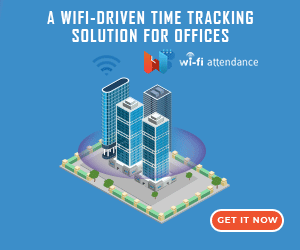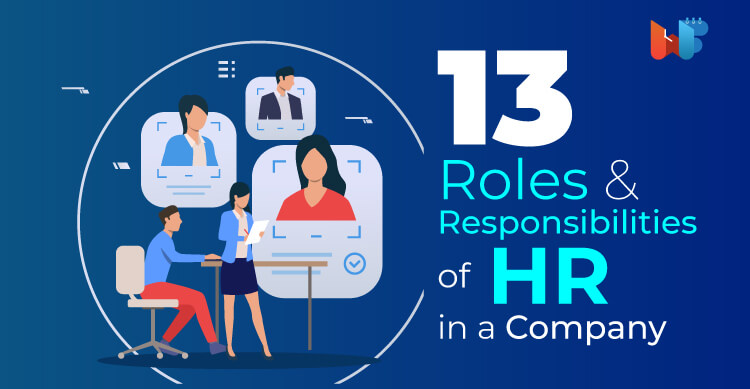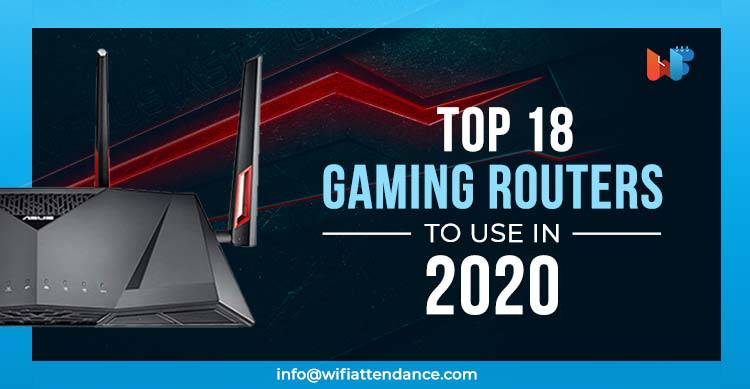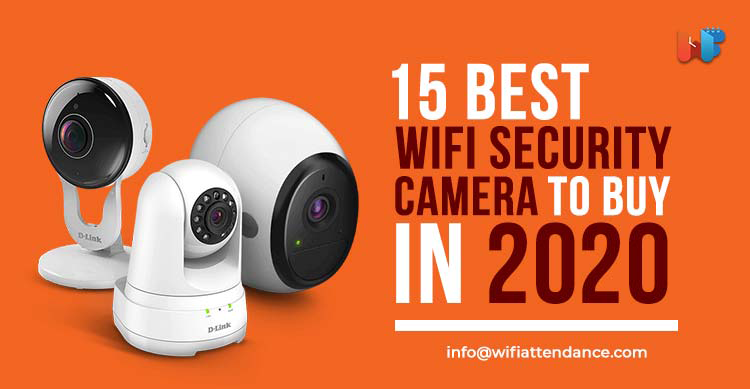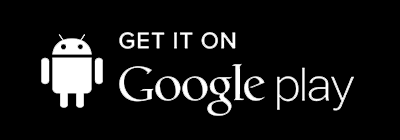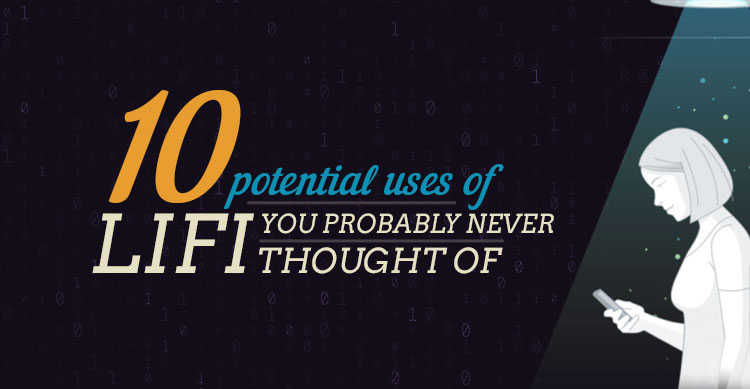
Not to mistake LiFi for WiFi, LiFi is a new-age wireless technology which facilitates the transmission of high-speed data. LiFi which is the abbreviation for Light Fidelity uses the delicate fluctuations that emerge in an LED light.
Data is transmitted from the transmitter to the receiver through these fluctuations. And the result is a 100 times faster speed of data measuring 224 gigabits per second of rate of transmission when compared to the conventional WiFi connectivity.
To understand this technology a step further, you need to learn about the two main components that make up the LiFi system.
- A Transmitter – This is a highly illuminating LED light
- A Receiver – This is primarily a photo-diode which is installed into a receiver. This diode helps to convert light into digital data.
The Process of LiFi Transmission
As mentioned earlier, the LiFi technology capitalizes the minutest fluctuations in LED lights to transmit data from the transmitter to the receiver. In order to encode the data, the LED light is turned on and off repeatedly causing fluctuations.
In turn, these fluctuations lead to the formation of binary codes that are received by the receiver to eventually decode the data back into a digital output.
Given that the LiFi technology is empowered to transmit data up to 100 Mbps, it becomes a breeze to download a high definition 1080p video in a matter of seconds.
The Novelty of LiFi Technology
Achieving high data transmission speeds from LED bulbs which are commonly used in homes and offices makes the LiFi technology stand out from the rest.
With all the residential and commercial establishments fitted with LED bulbs, LiFi can be made available to virtually any facility, setting the stage for wider coverage options when compared to WiFi.
With so much in favor of this modern technology, we definitely need to know the applications of LiFi.
Applications of LiFi
Given the fact that LiFi technology depends on the round-the-clock supply of light energy, the following are its potential applications.
1. Augmented Reality
Imagine you step into a museum or an art gallery which has plenty of exhibits illuminated with specific LED Lights.
In addition to simply admiring the exhibits, LiFi permits you to effortlessly download pertinent information of these exhibits through your camera or your smart phone. You are not only entertained but also informed about the artifacts in the museum.
2. Resistance to EMI Sensitive Environments
You might have heard and even adhered to the flight instructions to keep your mobile on airplane mode during flying. This is to prevent the electromagnetic interference (EMI) between your electronic devices and the radio equipment in the cockpit.
However, with LiFi by your side, every passenger can enjoy high data rate connectivity on-board the flight. Offering a resistance to EMI, this technology will also pave the way for lighter aircrafts by bringing down the weight that is added by transmission cables.
3. Traffic Signals
The most common application of LiFi is linked to traffic lights. Through LiFi, drivers can get up-to-date information about weather and traffic while they are waiting for the red light to turn green at a traffic signal.
4. Local Advertising
Marketers should thank LiFi technology for permitting them to provide advertising information about the goods on the shelves that are examined by the customers.
Not only that, they can also show up special coupons and offers that are linked to certain products, along with the display of advertising videos and catalogue data. For this, marketers need to invest in a shop that employs a LiFi broadcast channel to display lighting.
This can be a major shopping breakthrough, enabling retail businesses to come up with a blend of high street and online shopping experience to customers.
5. The Armed Forces
While WiFi offers a wider range of data transmission, LiFi operates in a smaller range. Since light cannot penetrate through walls, you can use LiFi technology in military tents, insulating them from hackers.
You can set up a LiFi enabled military tent at a remote location without the need for complicated wiring equipment.
6. Security
Conference and meeting halls are haven to many strategic discussions that involve the exchange of confidential business information.
Members who are called for such official meetings can easily access the fast speed LiFi points which emerge out of glowing LED bulbs.
Given that light cannot pass through walls, any official meeting can be conducted in a secured environment which plugs the data leaks that can happen through open windows.
7. Underwater Communication
Capitalizing on the fact that light waves can penetrate into deep waters, underwater divers can make the most of the LiFi technology. The visible light can help divers communicate with each other and with the underwater vehicles.
8. Prohibited Zones
Another revolutionary application of LiFi is related to communicating in explosive environments. Since cellphones are not permitted in high-risk environments, you can alternatively rely on the LiFi technology. Through this science, you will be able to communicate at these locations through data encryption.
9. Intelligent Vehicular Systems
Currently you might be seeing a lot of LED versions of car headlights and tail lamps. When LiFi is applied to transportation systems, it will pave the way for the development of anti-collision systems.
You will also be able to come up with systems that will permit the exchange of real-time information about traffic. Drivers can easily download information from the network and use this traffic-centric information to get on to an optimal route that will save a great deal of time and money.
10. Hospitals
Hospitals deal with sensitive information in addition to facing the issues linked to data security and EMI sensitivity. Since smartphones interfere with radio frequencies which are needed by sophisticated medical equipment, there should be an alternative means of communication.
This is where LiFi technology can step in to enable better patient monitoring in addition to sounding emergency alarms which can be linked to nursing stations.
Conclusion
These are the 10 different ways in which the LiFi technology is already simplifying the lives of the common man. The usage of LED bulbs can also be seen as a step towards a brighter, cleaner and greener future along with the added ability of high-speed wireless data transmission.
Given the umpteen benefits offered by this technology, these applications are here to stay.


